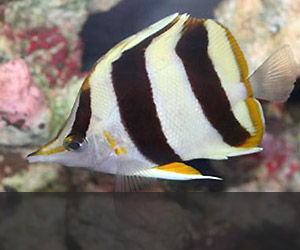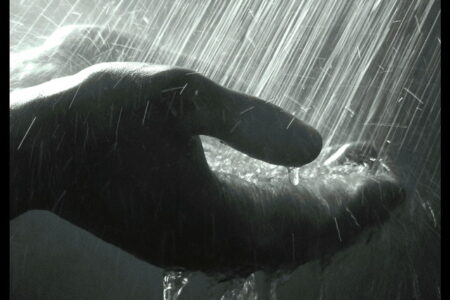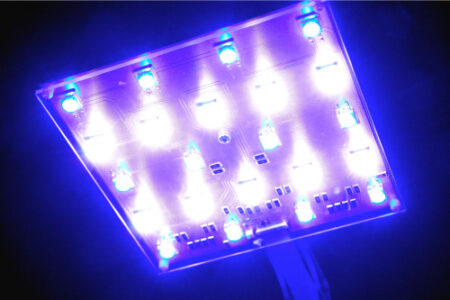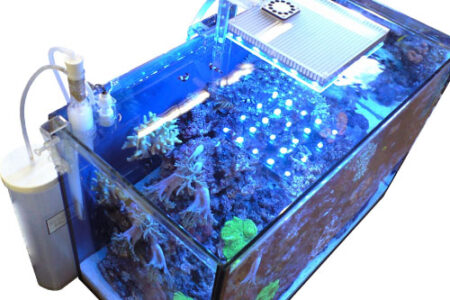Now, this is a question I must ask my most serious coral loving colleagues. How to tell the difference between all these Porites corals?
*Looking to solve the mystery scroll to the bottom for Mystery corals, first is a description of four Porites species.
The finger coral is a quintessential Caribbean species, which I’ve found growing on nearly every reef. There are two common branching species Porites porites, and Porites furcata, with lesser known branching species Porites divaricata. There is even a plating species Porites astreoides which you can find on all Caribbean dives.
The most elusive of them all is an encrusting species Porites branneri, which is where things start getting weird.
Porites porites
The classic coloration of Porites porites is grey to brown, and branches have a cylindrical shape tapering to a slightly pointed tip. The polyps of Porites porites, the Caribbean Finger Coral, are often long a shaggy, obscuring the shape of the branch. The branches grow close together making small bushy clusters. In most habitats, the branches never get much longer than 5cm. However, colonies growing on deeper reefs tend to be longer and more spread apart.
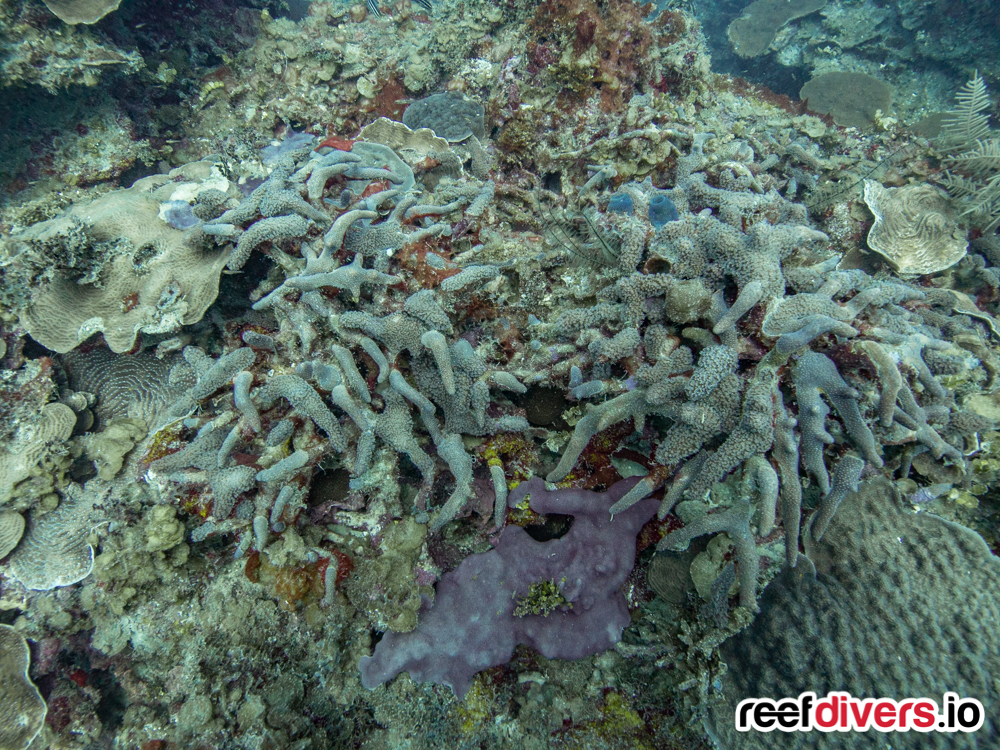
Porites furcata
It’s easy to distinguish between the second form of Porites finger coral. The Branching Finger Coral, Porites furcata as this coral has thinner branches with a more uniform branch size and rounded bulbous branch tips. The classic color is grey, brown going to creamy yellow. The polyps of P. furcata are short and furry, making it easier to see the branch shape. The branches are often more spread apart, however, this can also depend on habitat, including depth, light and flow conditions.
As a rule of thumb, Porites porites will always have more pointed tips, compact branches, and long polyps. Porites furcata has round bulbous tips, spread out branches with short furry polyps.
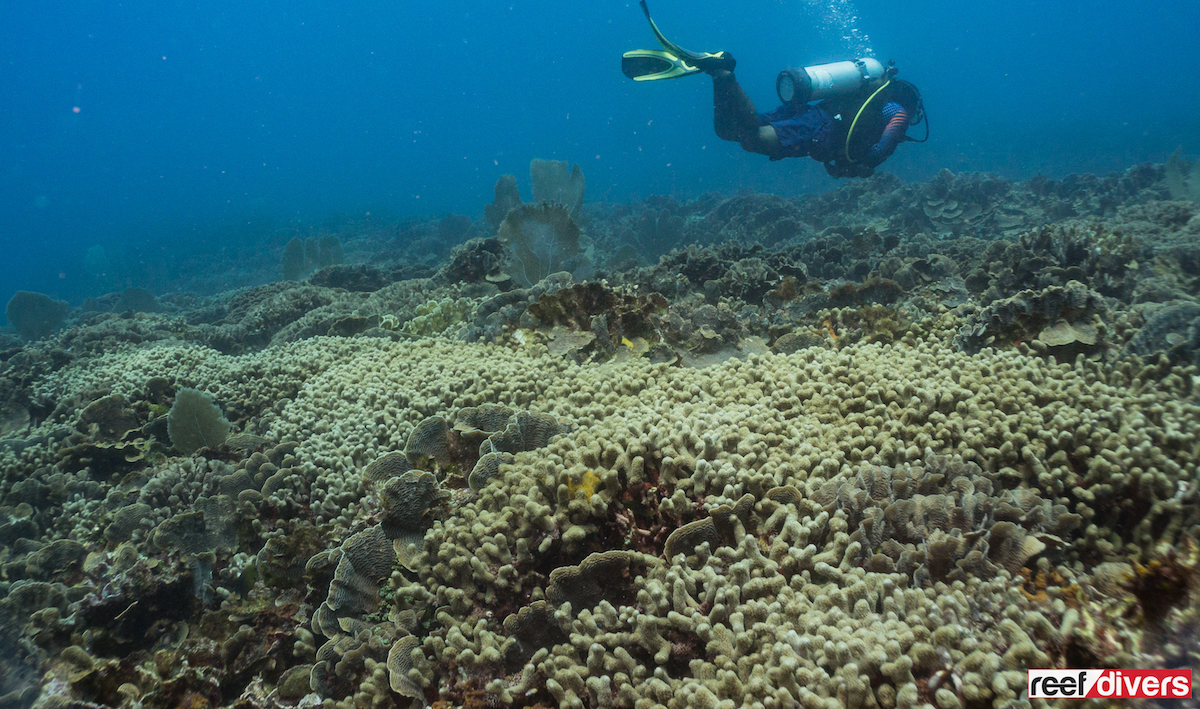
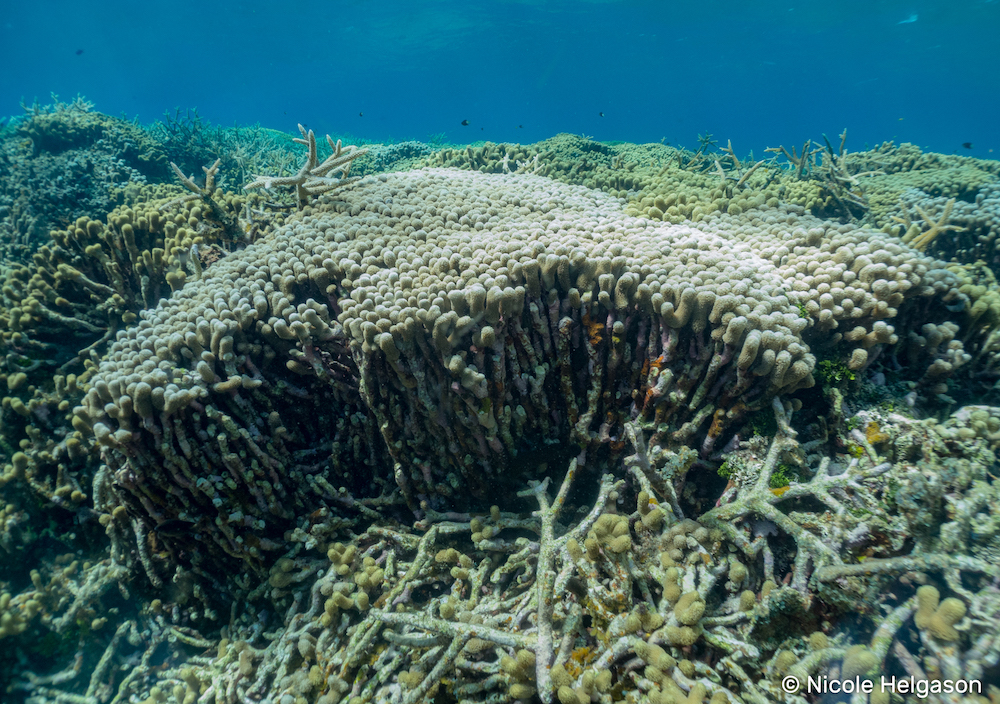
Porites divaricata
Porites divaricata has short branches and what distinguishes this coral is the bright color of the polyps, which contrast with the coral tissue. The colonies are small and quite rare to find at least where I have been diving. The branches are thin and the common name for this corals is the Thin Finger Coral. The few places I can say I’ve positively spotted this coral was on a shallow Palmata zone habitat in Tela Honduras, and a 12-15m reef dive in Yucatan Mexico.
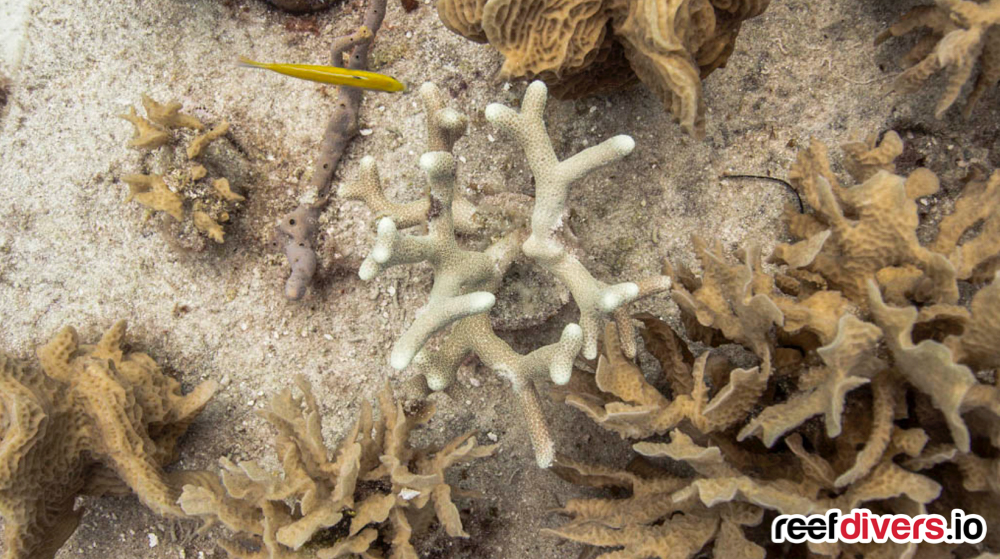
Porites branneri
Porites branneri is where things start to get weird. The common name for this coral is the Blue Crust Coral, and typically we can distinguish this coral by the bright blue color, and encrusting form. I’ve come across a handful of corals in Cozumel and Cuba which fit the blue description of Porites branneri, although they were identified to me as Porites porites, and most where branching not encrusting.
The second set of colonies I found were in Cuba and identifies as Porites branneri but to me have characteristics of Porites furcata only with a bright blue color.
The first time I spotted this coral was in Cozumel and it was identified as Porites porites. The growth form doesn’t seem to match, although the bright blue color led me to believe it was the blue crust branneri. Without looking at the corallite structure of the skeleton, a true positive identification of this species is beyond my coral spotting knowledge.
The second time I found what I thought was Porites branneri was pointed out and identified as such by the guides in Cuba Gardens of the Queen. The coral fit the bright color, but looking at growth forms it looks just like the branching finger coral Porites furcata. Perhaps I’m the only one who is kept awake at night trying to figure this out…
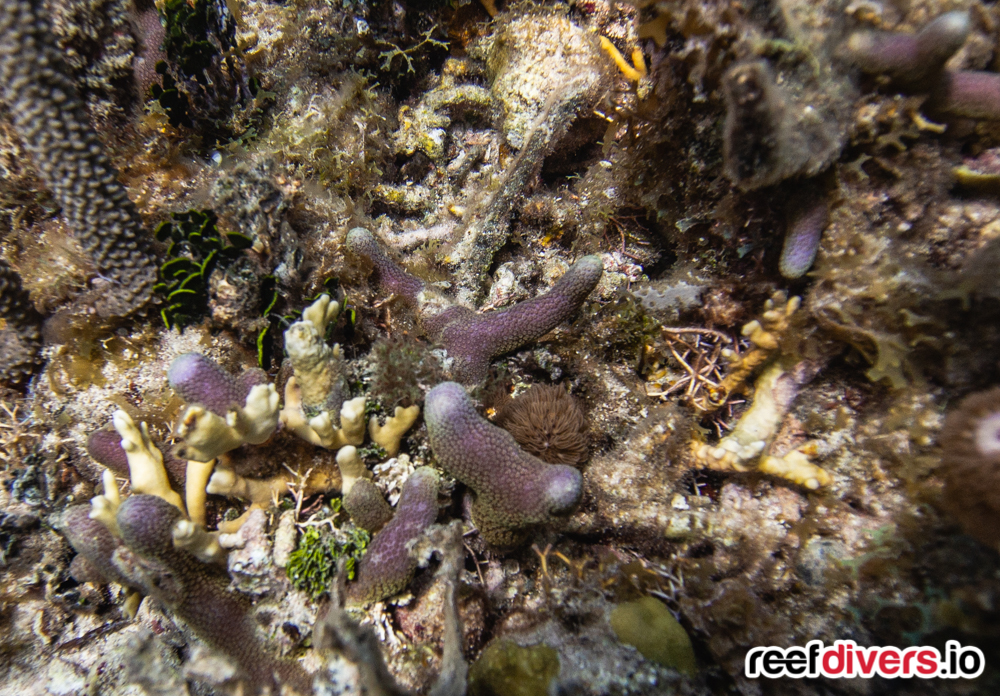
Mission To Spot Caribbean Corals – Solve The Mystery!
Corals are influenced by their position on the reef, and locally there could be different color morphs of the same species which are absent anywhere else. This is one of the reasons coral identification starts to get tricky.
Last year on my mission to document Caribbean corals, I quickly learned there are very limited resources available when it comes to identifying weird corals that don’t fit the described mold. The best obscure Caribbean coral Identification guide I’ve found is on the Carmabi Research Institution website, but I am still left with so many questions.
Since starting my guide last year, I have been in contact with different coral experts all in their respected coral genus fields, and slowly I’ve been building a photo catalog of Caribbean corals representing different colors, different growth forms and hard to identify morphologies of each species. But there are still several mystery corals living in my Lightroom catalog, begging to be identified.
After taking a closer look at many of these corals, I had to ask myself? How many colors are there of Porites porites, could this mystery yellow coral just be a Porites furcate with a sunny disposition? Have I finally found the elusive blue crust Porites branneri, or is this just a bold blue furcata. These corals fit the description of one species in some way or another, but break the mold in others.
It wouldn’t surprise me to find out these are all different colors of the classic branching Porites furcata, or a form of Porites porites, but as I mentioned before, this is a question I must ask my most serious Caribbean coral loving colleagues. The challenge is yours… Can you help me identify these mystery corals? Do you agree they could be Porites furcata, and have I finally crossed one of my last remaining corals off the list Porites branneri.
The striking blue coral was pointed out to me in Cozumel, by Dr. German Mendez as being a Porites porites, but is it a Porites branneri ?? I know we’re getting into the coral taxonomy weeds here but I am dying to find out the answer.
The second set of branching blue corals was from Cuba, Gardens of the Queen and was pointed out as Porites branneri, but the branching form looks just like Porites furcata… and doesn’t fit the encrusting coral description… This one is driving me crazy to figure out.
The Biggest Mystery
I found this branching yellow coral while diving in Cuba, Gardens of the Queen and this one really has me scratching my head. After speaking to a few other coral lovers about the mysterious branching yellow coral in Cuba they too had the same question. What is this yellow coral, could it be a hybrid species?
Is it just a yellow Porites furcata? The local divemaster had his own theory that it could be a branching Porites astreoides, but honestly, it’s time to give this one over to a coral identification guru. This coral was found exclusively on reef tops and I found it only at a handful of sites between 7-9m deep.
I’m hoping this article will catch the attention of a Caribbean Porites expert and help me solve this coral conundrum once and for all!


